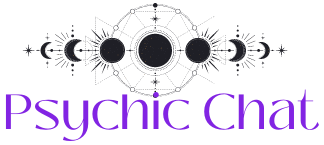These worries are not unfounded, because AI can already be used to make very convincing fake -audio recordings, videos and photos. However, it must be reminded that people have been decorating paranormal evidence for decades by means of hoaxes, photos with double exposure, CGI and Photoshop manipulation.
However, this backlog of AI is only one side of the coin. Although the potential for abuse exists, AI also offers new opportunities to promote paranormal research. Instead of rejecting AI as a threat, it is worth investigating how this technology can be used to improve objectivity, efficiency and reliability in studies. Just as its application in the medical field for analyzing X -ray images, AI has the potential to transform the way in which paranormal evidence is being investigated, thereby reducing subjectivity and data is emphasized that further checks.
In contrast to human researchers, who may have different opinions about what valid evidence is, AI applies the knowledge of his training data uniform on all presented evidence. This standardization ensures that all the evidence is assessed equally, regardless of who carries out the investigation or where it takes place. This would bring a level of objectivity and precision into the field that so far was dependent on subjective interpretations of individual researchers.
Another advantage is that AI can process enormous amounts of data with speeds that are much higher than human skills, which identifies potential interests for further assessment.
AI performs a similar task in the medical field. Instead of looking for evidence of spirits in the data obtained from studies, it searches for evidence of medical problems in X -rays. These AI systems are trained with the help of thousands of images, so that they can recognize patterns and deviations that can be invisible to the human eye. A recent study by King’s College London concluded that AI that has been trained on X -rays that can accurately diagnose medical problems as doctors.
If well -trained AI is effective in detecting abnormalities with the same level of precision as medical professionals, there is no reason why it cannot see signs of spooky inserts. AI models can be trained with enormous amounts of data, including audio clips, photos and video -recordings of renowned spooky locations. Over time, these systems learn to distinguish between common environmental factors, such as wind or electric interference, and deviations that may indicate paranormal activity.
This approach does not remove the human element from paranormal research, but enables people to do more. Researchers can use AI as a tool to break hours of mainly everyday recordings to discover the most compelling moments of potential evidence on which the human researcher must focus their attention.
There are a few areas of paranormal research in which AI would be especially useful, including analyzing electronic speech phenomena (EVP) recordings, video images and photos.
AI can be trained to distinguish between different sounds and patterns to search hours of audio recordings, where segments are emphasized that contain potential voices or inexplicable sounds. This not only saves researchers considerably, but also reduces the risk of human errors or bias. The AI can mark these sounds without prejudice, allowing researchers to assess the potentially important sections.
Video and photographic evidence can be difficult to validate, with alleged paranormal events that are often rejected as tricks of light, shadows or camera stircles. AI can help by examining video images and images for deviations that deviate from normal patterns.
A trained AI model can interpret and understand visual information to detect unusual movements, shapes or light sources in the images. AI can, for example, analyze the consistency of ORB movements, distinguish between dust particles, insects and more abnormal movements that justify further investigation.
AI could also help identify appearances on photos by comparing them with a huge database with images, recognizing inconsistencies and marking everything that stands out. This method ensures that only the most unusual images are brought to the attention of researchers.
The key to make AI work effectively to help ghost hunters, the training, because AI models are only as good as the data they are trained. If the training data is not extensive or biased, the AI can generate inaccurate interpretations or false positives. For example, an AI is mainly trained on data from haunted houses, can incorrectly interpret data that is recorded in a haunted castle.
As researchers, however, we have to be careful that we are not too dependent on AI, and it should not replace human intuition, experience and critical thinking. Paranormal studies often include the interpretation of subtle hints on paranormal ins and out of that AI may not fully understand. There is a danger that researchers can become too dependent on AI, making their observation skills and the human elements crucial to understand the paranormal.
While AI technology continues to evolve, it could pave the way for considerable breakthroughs in the field, so that we can get closer than ever to understand the mysteries that lie outside our current scientific grip. Who knows? Perhaps one day, given that sufficient unprocessed data, AI will be able to predict when and where paranormal activity is most likely to occur based on historical trends.






